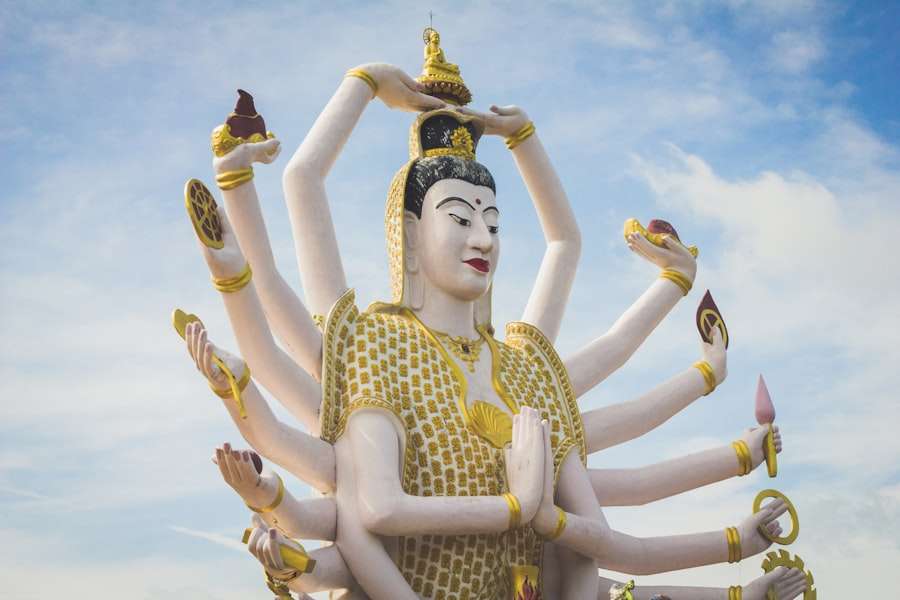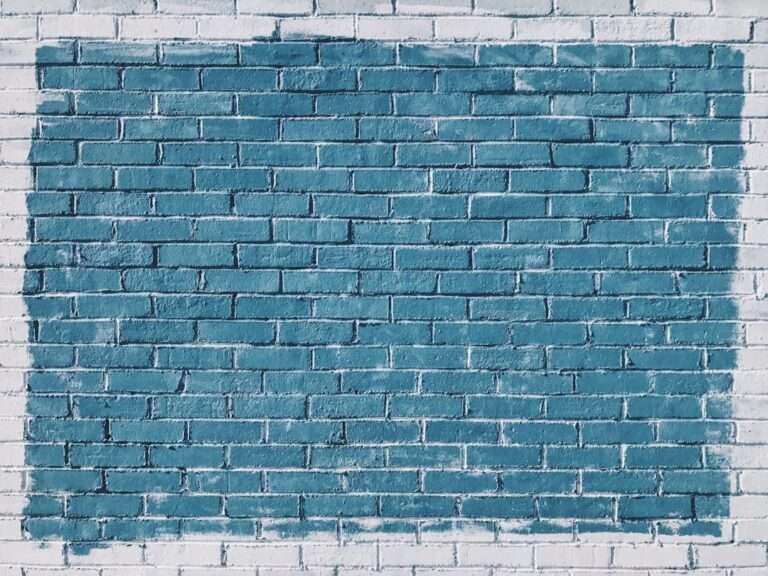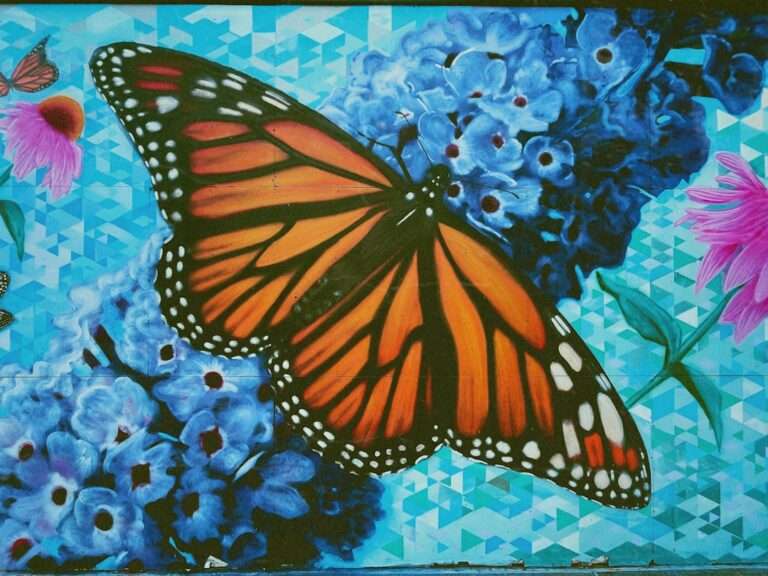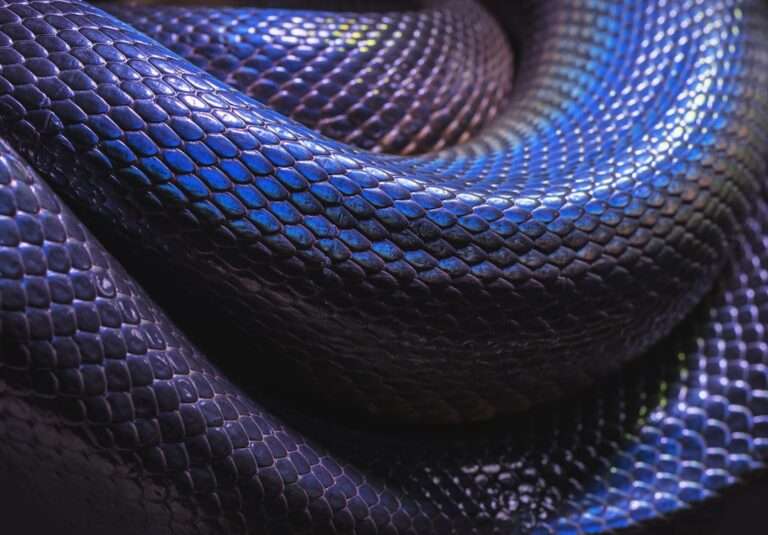How is the scarab beetle symbol understood in ancient Egypt?

The scarab beetle holds a significant place in ancient Egyptian culture and is one of the most iconic symbols of this civilization. Also known as the dung beetle, it was revered for its unique behavior and symbolism. The scarab beetle was associated with the sun god, Ra, and was believed to possess powerful protective and regenerative qualities.
Ancient Egyptians observed the scarab beetle rolling balls of dung, which they interpreted as symbolizing the sun’s daily journey across the sky. This led to the scarab beetle being associated with the cycle of life, death, and rebirth, making it a powerful symbol in ancient Egyptian mythology and religious beliefs. The scarab beetle was also linked to the concept of creation and was seen as a symbol of transformation and regeneration.
Ancient Egyptians believed that the scarab beetle emerged from the earth fully formed, which led to its association with the god Khepri, who was believed to push the sun across the sky each day. The scarab beetle was also associated with Osiris, the god of the afterlife and rebirth. Ancient Egyptians believed that the scarab beetle represented the cycle of life and death, and its perceived ability to transform from a lowly insect into a powerful symbol of regeneration made it a potent symbol in their culture.
Key Takeaways
- The scarab beetle was a powerful symbol in ancient Egypt, representing the cycle of life, death, and rebirth.
- In Egyptian mythology and religion, the scarab beetle was associated with the sun god Ra and was believed to have protective and transformative powers.
- The scarab beetle was seen as a symbol of renewal and resurrection, often depicted in funerary art and used in burial rituals to ensure the deceased’s journey to the afterlife.
- Egyptians believed that wearing scarab beetle amulets or jewelry would bring protection, good luck, and ward off evil spirits.
- The scarab beetle’s significance can still be seen in modern times, with its image continuing to be used in art, jewelry, and as a symbol of protection and good fortune.
The Mythological and Religious Significance of the Scarab Beetle
Association with Gods
The scarab beetle was also linked to the god Khepri, who was believed to push the sun across the sky each day, and was seen as a symbol of transformation and regeneration. Additionally, the scarab beetle was closely associated with the god Osiris, who was the god of the afterlife and rebirth. The ancient Egyptians believed that the scarab beetle represented the cycle of life and death, and its ability to emerge fully formed from the earth made it a powerful symbol of regeneration.
Symbolism and Representation
The scarab beetle was often depicted in ancient Egyptian art and jewelry, and was believed to possess protective qualities that could ward off evil spirits and bring good luck to its wearer. The scarab beetle’s symbolism extended to funerary practices and burial rituals, where it was placed on the heart of the deceased to ensure safe passage to the afterlife.
Legacy and Significance
The scarab beetle’s significance in ancient Egyptian mythology and culture is a testament to the importance of this creature in their daily lives and spiritual beliefs. Its association with the sun, creation, and rebirth made it a powerful symbol of transformation and regeneration, and its continued presence in ancient Egyptian art and artifacts is a reminder of its enduring legacy.
The Scarab Beetle as a Symbol of Rebirth and Resurrection

The scarab beetle was seen as a powerful symbol of rebirth and resurrection in ancient Egyptian culture. The ancient Egyptians believed that the scarab beetle represented the cycle of life and death, and its ability to emerge fully formed from the earth made it a potent symbol of regeneration. The scarab beetle was closely associated with the god Osiris, who was the god of the afterlife and rebirth, and was often depicted in funerary art and burial rituals.
The ancient Egyptians believed that placing a scarab beetle on the heart of the deceased would ensure safe passage to the afterlife, and would protect them from evil spirits. The scarab beetle was also linked to the concept of creation and transformation in ancient Egyptian mythology. The ancient Egyptians observed the scarab beetle rolling balls of dung, which they believed symbolized the sun’s daily journey across the sky.
This led to the scarab beetle being associated with creation and rebirth, as well as protection and regeneration. The scarab beetle was also closely associated with the god Khepri, who was believed to push the sun across the sky each day, and was seen as a symbol of transformation and regeneration. The scarab beetle’s ability to transform from a lowly insect into a powerful symbol of regeneration made it a potent symbol in ancient Egyptian culture.
The Scarab Beetle in Funerary Practices and Burial Rituals
The scarab beetle played a significant role in ancient Egyptian funerary practices and burial rituals. The ancient Egyptians believed that placing a scarab beetle on the heart of the deceased would ensure safe passage to the afterlife, and would protect them from evil spirits. The scarab beetle was often depicted in funerary art and jewelry, and was seen as a powerful symbol of rebirth and resurrection.
The ancient Egyptians also believed that the scarab beetle possessed protective qualities that could ward off evil spirits and bring good luck to its wearer. The scarab beetle was closely associated with the god Osiris, who was the god of the afterlife and rebirth. The ancient Egyptians believed that the scarab beetle represented the cycle of life and death, and its ability to emerge fully formed from the earth made it a potent symbol of regeneration.
The scarab beetle’s association with creation and transformation made it an important symbol in ancient Egyptian funerary practices, where it was used to ensure safe passage to the afterlife for the deceased. The scarab beetle’s protective qualities were also believed to bring good luck to its wearer, making it a popular symbol in ancient Egyptian jewelry.
The Scarab Beetle as a Symbol of Protection and Good Luck
The scarab beetle was believed to possess protective qualities that could ward off evil spirits and bring good luck to its wearer in ancient Egyptian culture. The ancient Egyptians often depicted the scarab beetle in art and jewelry, where it was seen as a powerful symbol of rebirth and resurrection. The scarab beetle was also closely associated with the god Osiris, who was believed to protect the deceased in their journey to the afterlife.
Placing a scarab beetle on the heart of the deceased was thought to ensure safe passage to the afterlife, and protect them from evil spirits. The scarab beetle’s protective qualities were also believed to bring good luck to its wearer in ancient Egyptian culture. The ancient Egyptians often wore jewelry adorned with scarab beetles as a way to ward off evil spirits and bring good fortune.
The scarab beetle’s association with creation and transformation made it an important symbol in ancient Egyptian culture, where it was seen as a powerful protector and bringer of good luck. The scarab beetle’s protective qualities were also used in funerary practices and burial rituals, where it was placed on the heart of the deceased to ensure safe passage to the afterlife.
The Scarab Beetle in Art and Jewelry

The Scarab Beetle and the God Osiris
The scarab beetle was also closely tied to the god Osiris, who was believed to protect the deceased on their journey to the afterlife. This association led to the scarab beetle becoming a popular motif in ancient Egyptian jewelry, where it was worn as a protective amulet to ward off evil spirits and bring good fortune.
Protective Qualities and Symbolism
The scarab beetle’s protective qualities were highly valued in ancient Egyptian culture, where it was seen as a powerful protector and bringer of good fortune. Its association with creation and transformation made it an important symbol in ancient Egyptian art and jewelry, where it was used to symbolize rebirth and resurrection.
Legacy in Ancient Egyptian Art and Jewelry
The scarab beetle’s significance in ancient Egyptian culture is evident in its widespread use in art and jewelry. The ancient Egyptians often wore jewelry adorned with scarab beetles as a way to ensure safe passage to the afterlife for themselves or their loved ones. The scarab beetle’s enduring legacy is a testament to its importance as a symbol of rebirth, resurrection, and protection in ancient Egyptian culture.
The Legacy of the Scarab Beetle Symbol in Modern Times
The legacy of the scarab beetle symbol continues to be felt in modern times, where it is still seen as a powerful symbol of protection and good luck. The scarab beetle’s association with creation and transformation has made it an enduring symbol in popular culture, where it is often used as a motif in art, jewelry, and fashion. Many people still wear jewelry adorned with scarab beetles as a way to ward off evil spirits and bring good fortune, just as they did in ancient Egyptian times.
The scarab beetle’s symbolism has also been embraced by various spiritual traditions around the world, where it is seen as a powerful symbol of rebirth and regeneration. In many cultures, the scarab beetle is associated with protection, transformation, and renewal, making it a potent symbol in modern times. The legacy of the scarab beetle symbol continues to be felt in popular culture, where it is often used as a motif in art, jewelry, fashion, and spirituality.
Its enduring symbolism as a protector and bringer of good luck has ensured that the legacy of the scarab beetle will continue for generations to come.
FAQs
What is the scarab beetle symbol in ancient Egypt?
The scarab beetle was a symbol of regeneration, transformation, and protection in ancient Egypt. It was associated with the sun god Ra and was believed to have the power to protect against evil forces.
How was the scarab beetle symbol used in ancient Egypt?
The scarab beetle symbol was commonly used in ancient Egypt in various forms, including amulets, jewelry, and seals. It was also depicted in art and inscriptions, often associated with the concept of rebirth and the afterlife.
What did the scarab beetle symbolize in ancient Egyptian religion?
In ancient Egyptian religion, the scarab beetle symbolized the cycle of life, death, and rebirth. It was also associated with the idea of transformation and was often linked to the sun god Ra, who was believed to roll the sun across the sky just as the scarab beetle rolls a ball of dung.
What was the significance of the scarab beetle symbol in ancient Egyptian culture?
The scarab beetle symbol held great significance in ancient Egyptian culture as a symbol of protection, regeneration, and the afterlife. It was believed to bring good luck and ward off evil, and it was often used in funerary practices to ensure a successful journey to the afterlife.





